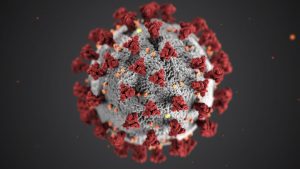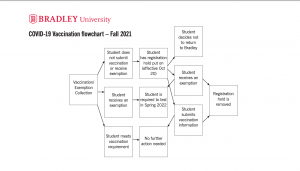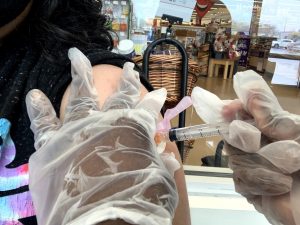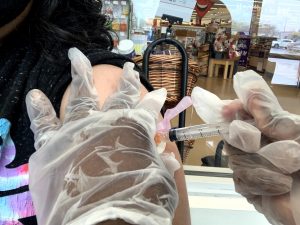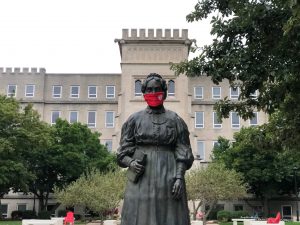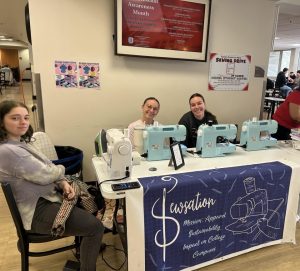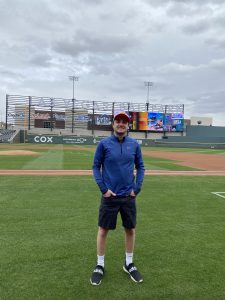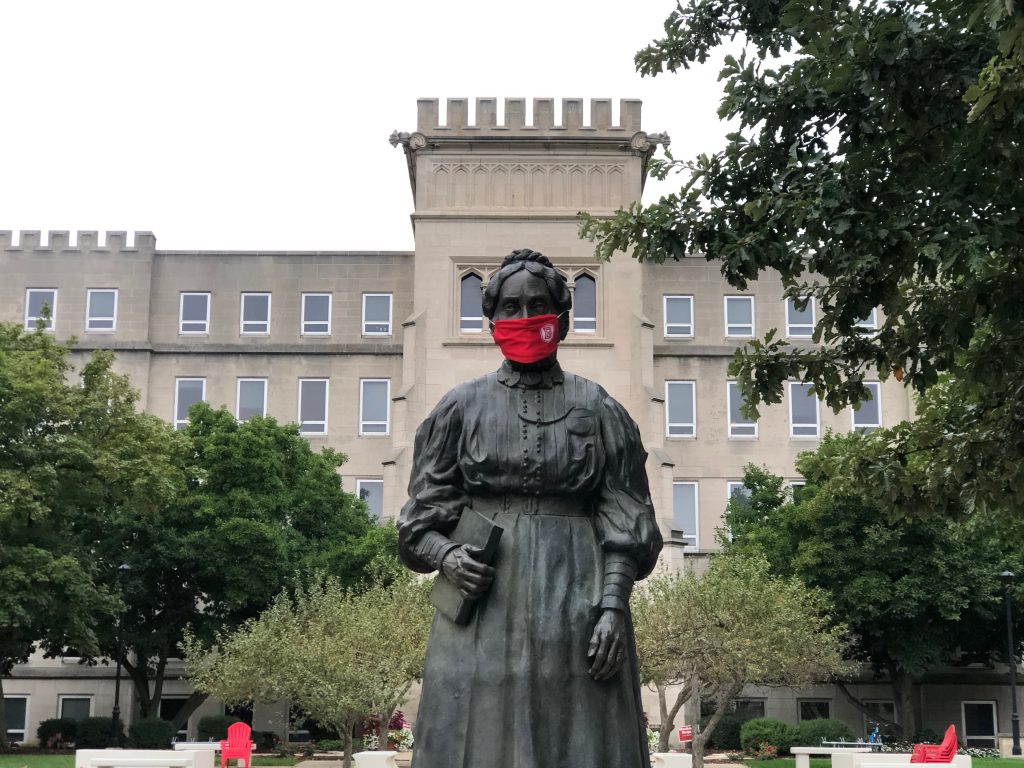
Following a week where the university only recorded eight positive cases of COVID-19 for Sept 25-Oct.1, restrictions were updated regarding on-campus dining and the gathering of students on Oct. 2.
According to the email from president Stephen Standifird, students – excluding those in isolation or quarantine – will be allowed to dine-in on campus and reserve up to three, two-hour time slots per day in the Cullom-Davis library.
Notably, the university is allowing students to socialize one-on-one in an on-campus or off-campus residence with individuals other than their roommates – all while masked and physically distanced. Students will also be allowed to socialize in groups of four or fewer in indoor common areas on campus.
According to Standifird, this decision was made with “a great degree of caution” and encouraged closely acquainted groups of students to also take preventative measures. The email said that students who gathered in groups or one-on-one without maintaining health precautions were a significant contributor to the increase in positive cases at the university earlier this semester.
Students are still not allowed to dine-in at off-campus restaurants, bars or coffee shops, though they are still allowed to order for delivery or take-out.
“We know [dining out] is important to you,” Standifird said in the email. “But we need to sustain low COVID-19 positivity rates in the Bradley community before we can, in good conscience, allow you to take that risk for yourselves, the Bradley community or the local community.”
Student organizations are now allowed to be approved for outdoor events with proper restrictions in place.
No restrictions have changed for students in isolation and quarantine, although they are allowed to return to their permanent residence for the duration of isolation after consulting with Bradley Health Services beforehand.
Director of Bradley Health Services Jessica Higgs said in an email to The Scout last week that the CDC does not currently recommend testing at the end of a 10-day isolation period and that the university is following that precedent.
According to the CDC, individuals who had and recovered from COVID-19 may have low levels of virus in their bodies for up to three months after diagnosis. They can continue to have a positive test result through these three months but are not spreading COVID-19.
She also added that the university has been in communication with the University of Illinois Urbana-Champaign to explore the use of its rapid saliva-based test in the future. Higgs said, currently, there are no labs in the Peoria area that can process the test and that U of I is at maximum capacity processing its own students.
Higgs also said the test Bradley is currently using is still effective.
“The nasal PCR test that we [are] using has a very high specificity and sensitivity rate, both upwards of 99%,” Higgs said in an email interview. “It is unlikely, although not impossible, for the test to be a false negative or a false positive.”
Standifird’s email concluded that the current restrictions are subject to change.
“We will continue to monitor the progression of the virus on campus and in our community closely and we are prepared to reinstate restrictions should we see an increased presence of the virus on campus,” Standifird said. “My hope and expectation is if we remain vigilant in our activities, we will not need to do so.”
